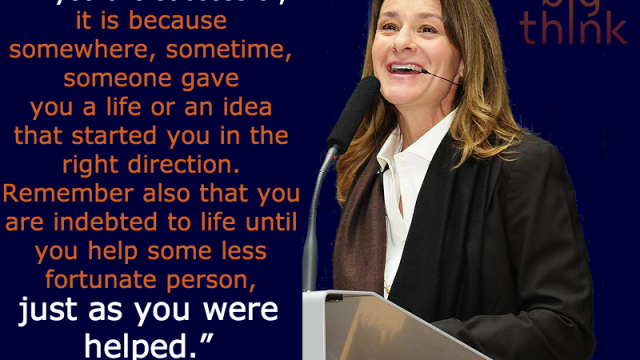The Most Important Prerequisite For College (and Life) Isn’t Taught in High School

Your college-bound kid’s public high school education probably consisted of a lot of Huck Finn, myriad erroneous facts about Christopher Columbus, and little to no guidance with regard to personal finance. And while generations of students would be better off if “Life Lessons” were a graduation requirement, I wouldn’t hold my breath anytime soon. According to Jean Chatzky of Fortune, it’s on you as a parent to guide your kid toward making smart financial choices as a young adult.
The first lesson Chatzky recommends is budgeting:
Some colleges will provide you with guidelines of how much spending money to give your kids… Stretching those dollars, however, will be hard for kids who aren’t used to paying for their own pizza, let alone laundry and shampoo. It’s important to sit down with your kids to develop a basic list of what money will likely be used for – and how much those things cost – to make sure actual expenditures fall in line with these estimates.
Naturally, if you’re doling out an allowance to your new college student, stretch the installments over time rather than lumping the sum all up front. All those Naked Juice purchases are going to add up real quick. Along this line comes Chatzky’s next bit of advice: talking about the student ID card. Not just for checking out books anymore, most college ID’s double as a debit card:
“Often, they blow through it too quickly. ‘For a student, it’s mythical money out in the clouds somewhere and that can be dangerous,’ says J.J. Montanaro, a certified financial planner with USAA. That’s the bad news.”
Chatzky recommends parents research how these cards work, then advise your student to keep a sharp eye on the balance. What you want to convey is that meal money is not “mythical.” It’s real money being transacted every time a Pavlovian swipe of the card makes pizza appear.
Of course, the time to starting teaching smart personal finance isn’t the day before move-in. You have to plant the seeds when your child is in elementary or middle school. Still, a conversation about how students will make money work when they’re on their own is imperative. Don’t assume they’ve got it covered.
Check out the entirety of Chatzky’s article (linked again below) for advice related to choosing the right bank, whether to give your kid a credit card, and encouraging them to pick up a part-time job.
Read more at Fortune
Photo credit: XiXinXing / Shutterstock




